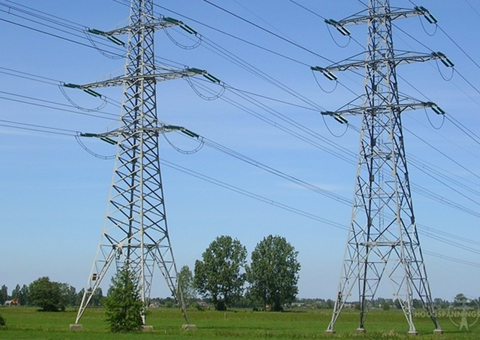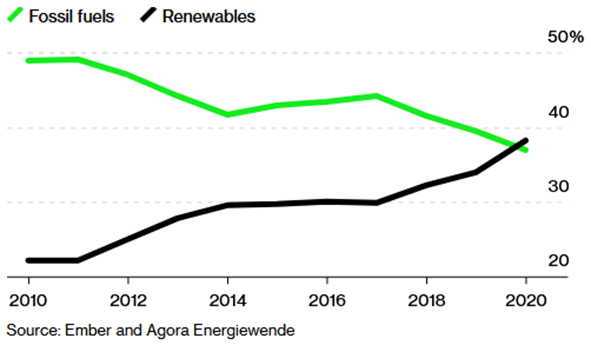
In order to meet the European target of 55% less CO2 emissions by 2030, the share of sustainably produced electricity needs to double, according to a recent report by Bloomberg. It is precisely this step that brings new challenges. With each completion of a wind farm or solar park, it becomes more challenging to keep the electricity grid in balance.

Electricity grid stability
As a result of the closure of controllable (coal) power stations and the influence of weather conditions (sun and wind), the electricity supply is becoming less and less predictable. We therefore need to be smarter about how we use our energy. This applies to consumers, who for example contribute to the stability of the grid through the batteries of their (future) electric cars, but also to industry and producers of sustainable electricity.
Initiatives
Several producers are already working on the future. For example, this is what in the case of wind farms and solar parks, peak shaving is applied: At times of oversupply, electricity is stored in a battery, so that the grid does not become overloaded and renewable energy can still be fed into the grid at a time of reduced supply. Batteries bundled in a pool can also help maintain a stable and secure grid frequency. Biofermentation plants can also temporarily scale up or down production, depending on market demand.
Industrial demand management
For many companies, industry has an as yet unknown role to play in the energy transition. Many electrical processes in industry have some degree of flexibility. This means that the energy demand of that process can be temporarily adjusted, without a negative impact on that process.
By temporarily adjusting the energy demand of electrical processes on a large scale, a shortage or surplus of electricity can be more easily accommodated. This ensures less fluctuation in the energy markets, stability in the grid and also avoids the need for additional reinforcement of the grid. Examples of industries with flexibility are the steel, metal, aluminium, paper and food industries.
Offering this flexibility on the energy market can, in addition to making a positive contribution to the transition to sustainable energy, also create an additional revenue model for the industry.

Influence of the corona pandemic
The corona crisis reduced energy demand in 2020. Because it is more expensive to produce electricity from fossil fuels, the share of fossil energy in particular declined faster.
Solar and wind power generation in the EU increased by about 10% last year compared to 2019. At the same time, coal-fired power generation fell by 20% and gas-fired power by 4%. Production at nuclear power plants fell by 10%, the largest drop in thirty years. This was due to the permanent closure of several nuclear power plants, for example in Germany, and lengthy maintenance work, particularly at French and Belgian plants.